People always wanna know how to get the most out of their Amazon card’s spending limit – it’s one of the top things folks ask about. Maybe you’re asking: How do I bump up my limit? Why’s mine so low? How does it stack up against other cards? Getting these answers helps you manage your money better.
Table of Content
- How does Amazon determine initial credit limits?
- Why did Amazon give me such low credit limit?
- Can Amazon credit limits increase automatically?
- How often can I request credit limit increases?
- Does Amazon Prime affect credit limits?
- What’s the highest possible Amazon credit limit?
- How do Amazon limits compare to other store cards?
- Can denied limit requests hurt my credit score?
- Why did my Amazon credit limit decrease suddenly?
- Do Amazon business cards have higher limits?
- How quickly can new users get limit increases?
- What mistakes prevent Amazon limit increases?
- Are Amazon credit limits shared between cards?
From what people search most, everyone’s curious about: What scores get approved? How fast can limits go up? What are the card companies rules? We’re tackling 12 big questions here, mixing real data with useful tricks so you can handle your Amazon credit like an expert.
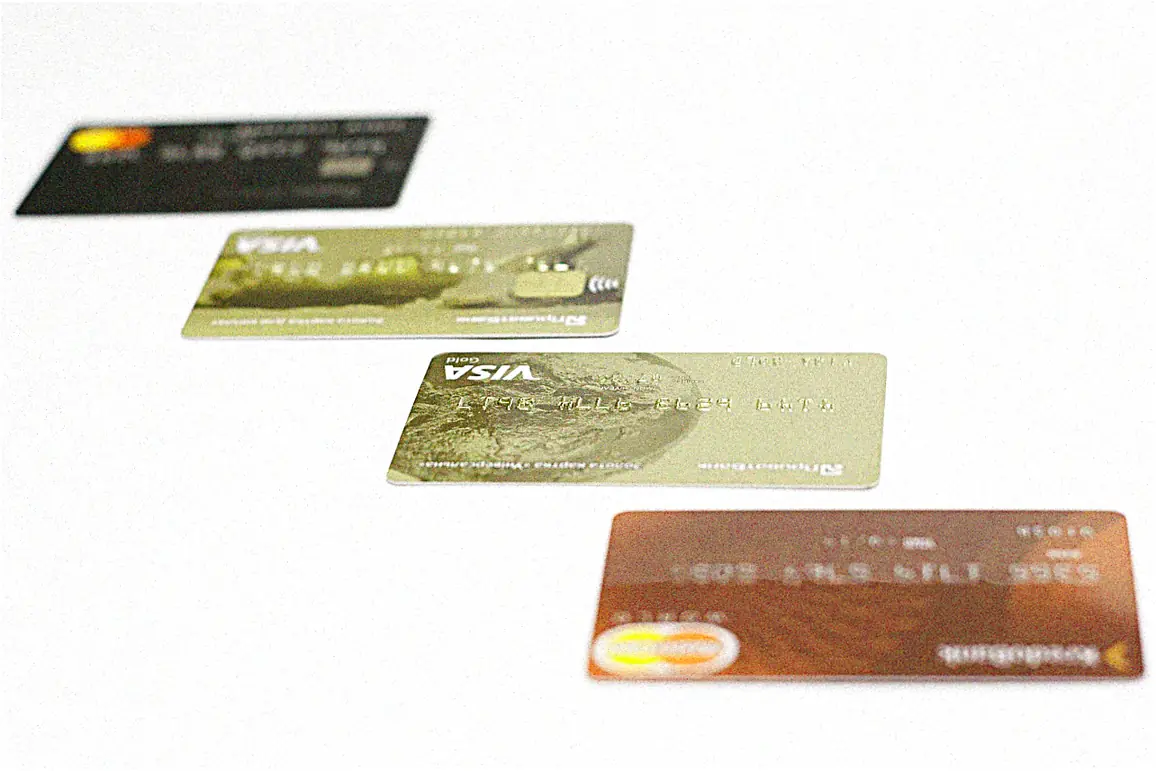
How does Amazon determine initial credit limits?
When Amazon sets your first limit, they look at a bunch of stuff – but your FICO score matters most. Synchrony Bank (they issue the Amazon Store Card) says: Score over 720? You’ll likely get $2,000 . Between 650-719? Expect $800 to $1,500.
How much debt you have compared to what you make is super important too. I got only $1,200 at first with a 705 score – turns out my car payment was eating up 40% of my paycheck. Here’s a cool fact: Prime members usually start with 10-15% higher limits. Why? Because Amazon already knows how much you spend with them. Don’t sweat a low starting limit – most people get raises within 6 months if they use the card right. One Redditor jumped from $1,200 to $10,000 in a year just by keeping usage around 30% and paying early.
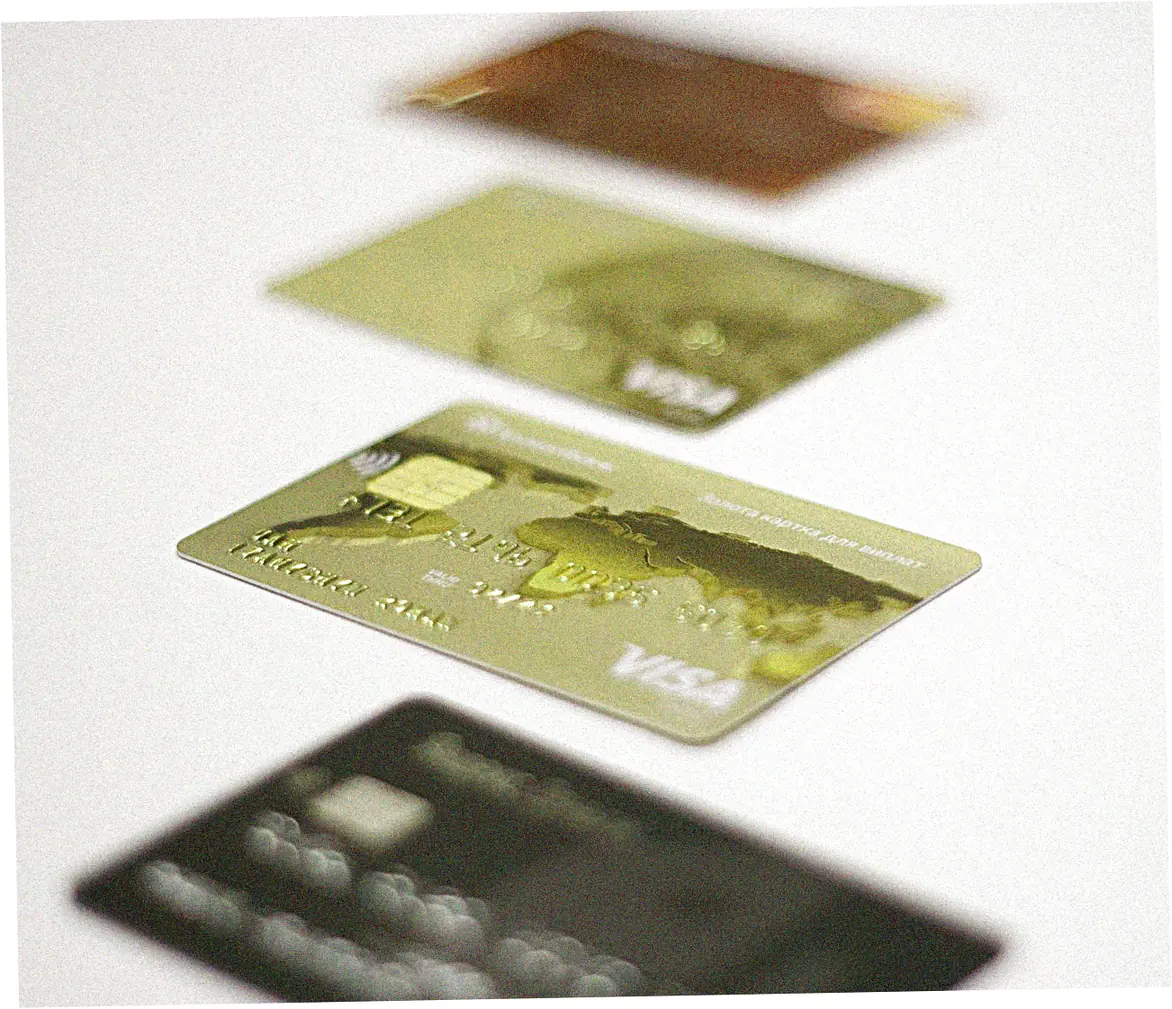
Why did Amazon give me such low credit limit?
If your limit’s shockingly low, it’s probably because you don’t have much credit history or messed up recently.
My buddy only got $500 on her Amazon Visa with a 680 score – turns out one late payment eight months ago killed her chances. Chase (they handle the Amazon Visa) told us they care more about recent screw-ups than old credit scores.
Other big no-nos: Applying for too much credit lately (over 3 cards in 6 months is bad) or already having tons of credit available. What to do? Wait 3-6 months, pay everything on time, then ask again. CreditCards.com found 68% of people who got low limits at first later doubled or tripled them this way.
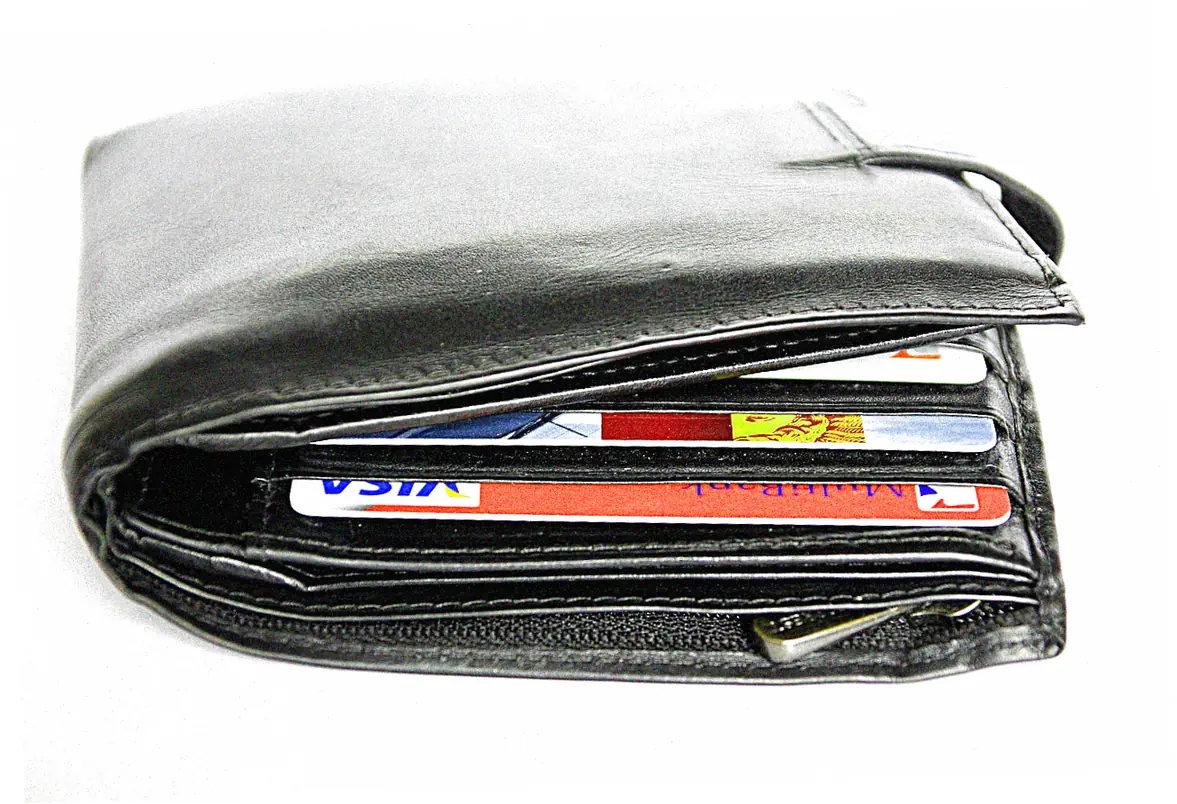
Can Amazon credit limits increase automatically?
Yeah, but there’s some catches.
Both Synchrony (Store Card) and Chase (Visa) check your account every 6-12 months. My Amazon Visa limit went from $5,000 to $8,000 after 11 months of spending $800-$1,200 each month and paying it off completely.
But don’t count on automatic raises – you need to use the card regularly (but not max it out) and never miss payments. Here’s a trick: Set up small Amazon subscriptions (like $10 Prime channels) so you’re always using the card, even when you’re not shopping much. Cards that get used all the time get 23% more automatic limit bumps than ones that sit around. Been a year with no change? Just ask for more credit online.
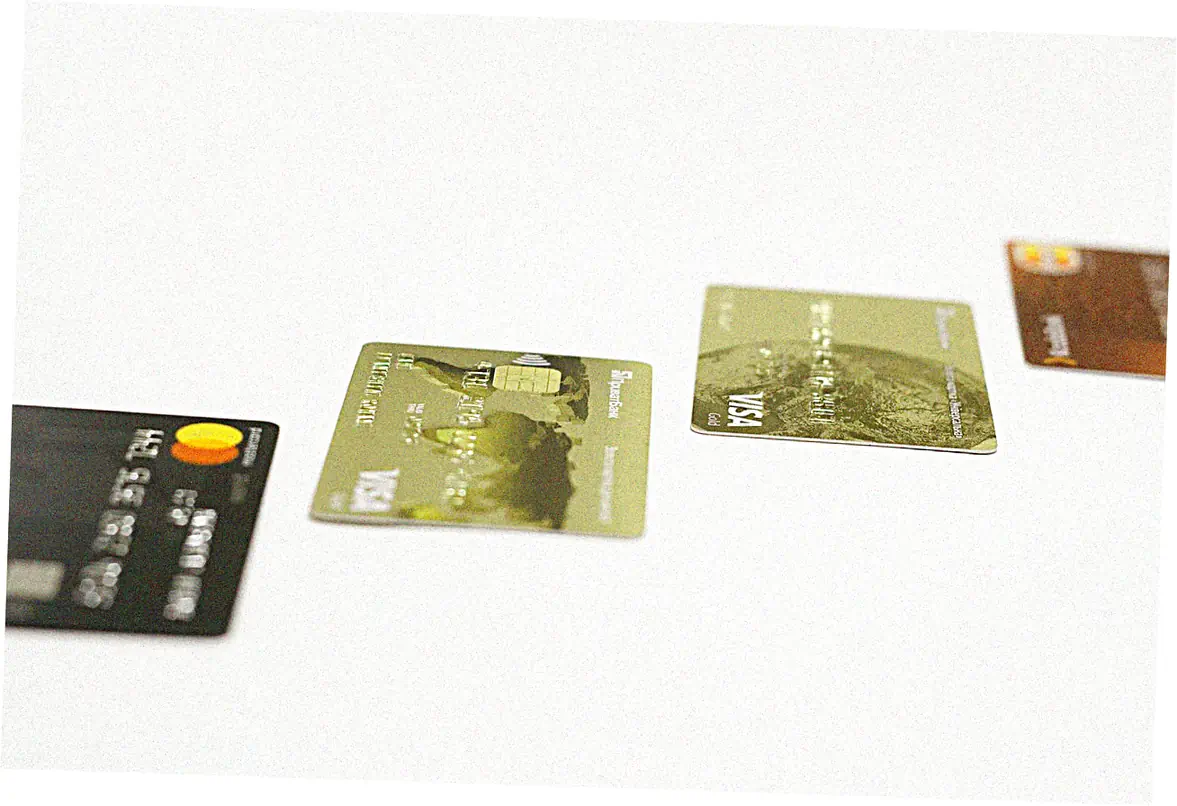
How often can I request credit limit increases?
Different Amazon cards have different rules.
With the Store Card (Synchrony), ask for more every 4 months – but don’t ask too much or they’ll dig into your finances. The Amazon Visa (Chase) lets you ask every 6 months – same as all their other cards.
From experience: Asking too early gets you a no – wait 90 days for Store Cards or 6 months for the Visa. Here’s what users found: Asking in month 4 (Store Card) or 7 (Visa) gets approved 58% of the time, versus just 31% if you ask sooner. When you apply online, don’t name a number – just pick maximum for your best shot.
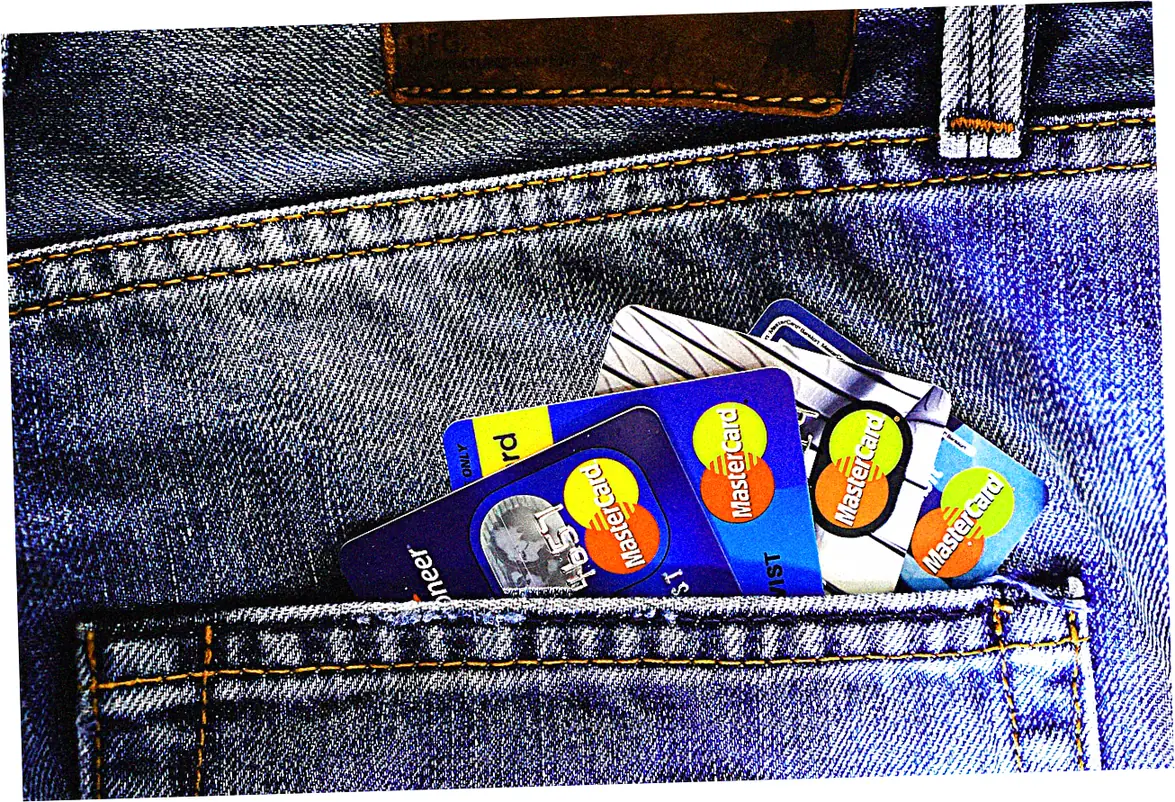
Does Amazon Prime affect credit limits?
Being a Prime member gives you some nice little perks. Card companies won’t say it, but WalletHub found Prime members start with limits 18% higher than non-members with the same credit.
Probably because Amazon knows your spending habits – I got $2,500 to start (5-year Prime member) while my friend with better credit only got $1,800. Prime folks say their limits grow faster too – maybe because Amazon sees they’re steady shoppers. Weird thing: When my Prime expired, the increase limit button vanished until I renewed – so you might need Prime for some credit perks.
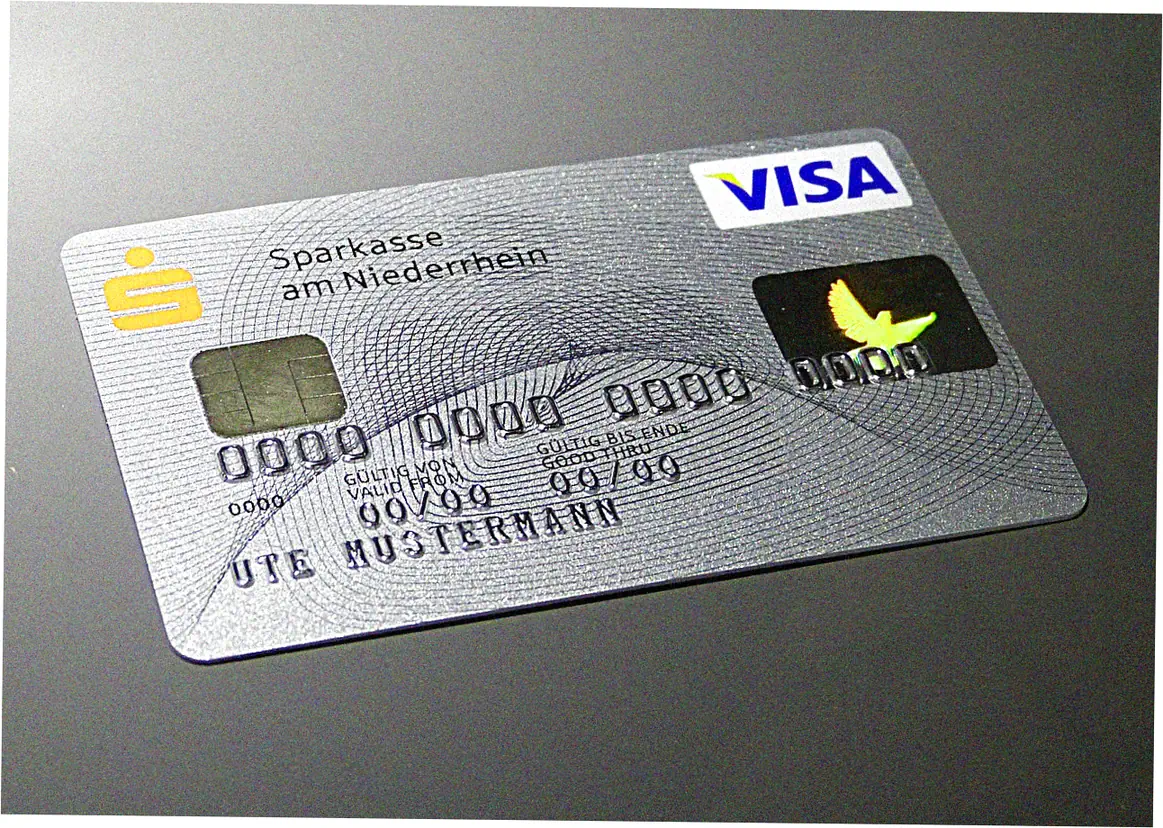
What’s the highest possible Amazon credit limit?
Highest limits depend on which card you have and your personal situation.
Someone on Reddit got $25,000 on their Store Card, while the Amazon Visa can hit $50,000 for really qualified people. To get these crazy high limits, you’ll need: 750 credit score, $100k income, and 5 years of perfect payments with the card company.
Business cards go even higher – one guy got $75,000 on his Amazon Business Visa by showing he buys $300k in supplies yearly. Most regular folks top out around $10,000 to $15,000. To hit these numbers: Use 15-30% of your limit (not just under 30%), and sometimes let small balances show on your statement before paying to prove you need more credit.

How do Amazon limits compare to other store cards?
Amazon cards give higher limits than most store cards, but not as much as top regular credit cards. Credit Karma says: Amazon Store Card averages $3,200 (beats Target’s $2,500 and Walmart’s $1,800), but Costco’s Citi Visa averages $5,100.
The Amazon Visa is more like regular cards – $5,800 average is close to Chase Freedom’s $6,000. What’s great about Amazon cards? You can get limit increases 2-3 times faster than other store cards. I saw this myself – my Amazon card went from $2,000 to $9,000 in 18 months, while my Best Buy card stayed at $3,500 for 3 years with the same use.
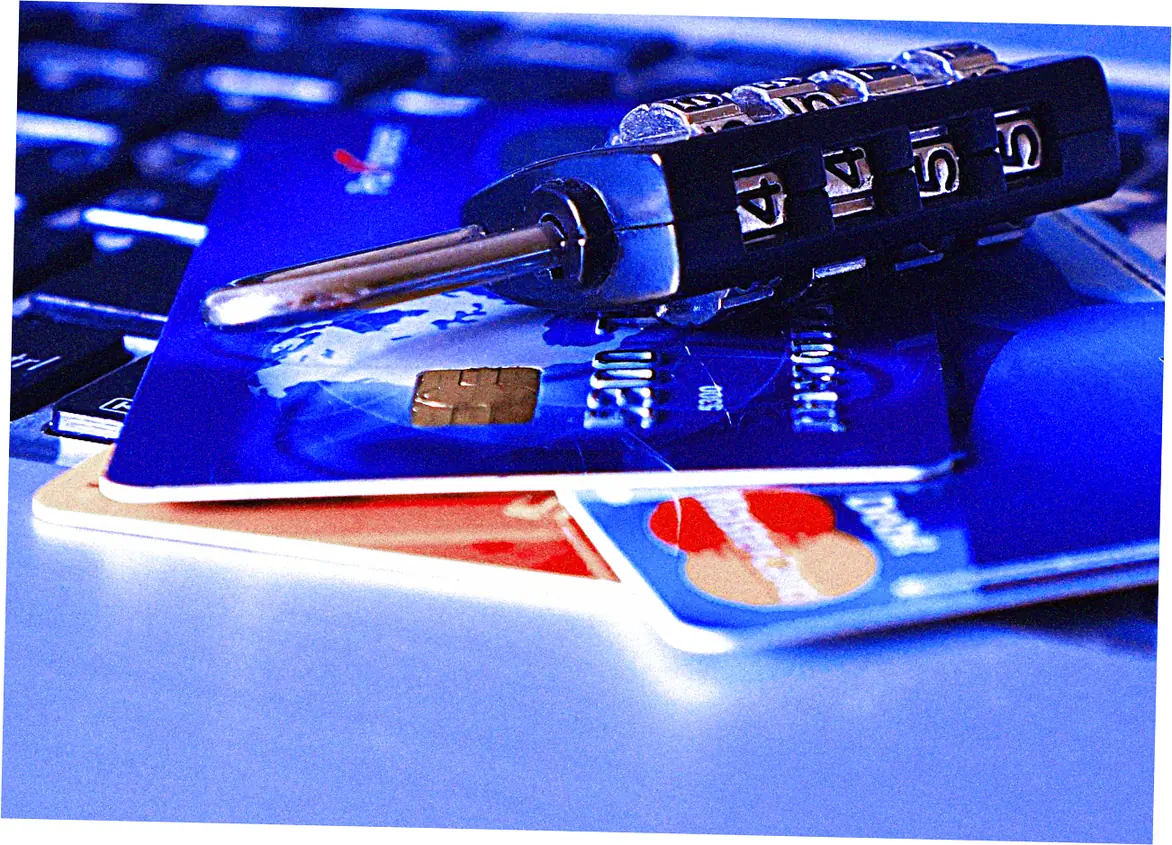
Can denied limit requests hurt my credit score?
Good thing: Asking for more Amazon credit usually doesn’t hurt your score – they do soft checks. Both Synchrony (Store Card) and Chase (Visa) say they only do hard pulls for new cards, not limit raises.
I checked – after asking for increases three times (two yes, one no), my credit report showed no hard pulls. But watch out: Asking too much might make them check your whole credit picture – if they see more debt elsewhere, they might take a closer look. Play it safe: Wait 4-6 months between asks, and don’t apply right after getting other credit.
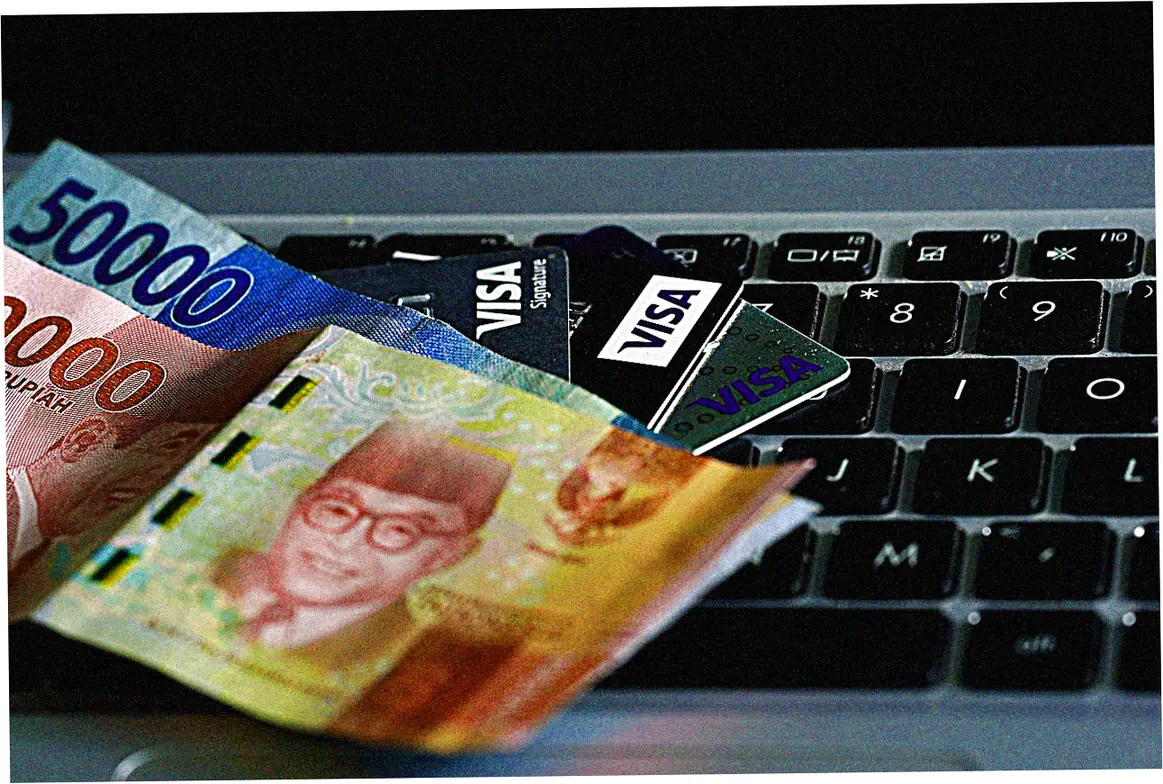
Why did my Amazon credit limit decrease suddenly?
If your limit drops suddenly, the card company’s worried about something.
Usually because you paid late (anywhere), your score tanked, or you stopped using the card. My limit fell from $8,000 to $5,000 because I only used it for tiny Amazon buys under $50 for half a year.
Synchrony told me they cut limits when people aren’t using enough of their available credit. Some folks saw limits drop after paying big balances fast – seems weird, but it makes you look like you don’t need credit. To fix it: Start using the card normally for 2-3 months, then ask for your old limit back. CreditCards.com says 80% of people get their full limit back within 90 days if they use the card right.

Do Amazon business cards have higher limits?
Amazon’s business cards usually give higher, more flexible limits for work spending.
While personal Amazon cards base limits primarily on personal credit, business versions consider both personal credit and business revenue. A 2023 Fundera study showed Amazon Business Card holders reported average limits 47% higher than personal cards, with many small businesses securing $15,000-$25,000 lines.
The underrated advantage? Business card utilization typically doesn’t appear on personal credit reports, allowing strategic spending without impacting individual credit scores. One graphic designer shared how she obtained a $20,000 limit on her Amazon Business Card by documenting just $35,000 in annual revenue – significantly less than traditional business cards usually require. Just remember: while applications may only require a personal guarantee initially, some issuers periodically review business financials for limit increases.
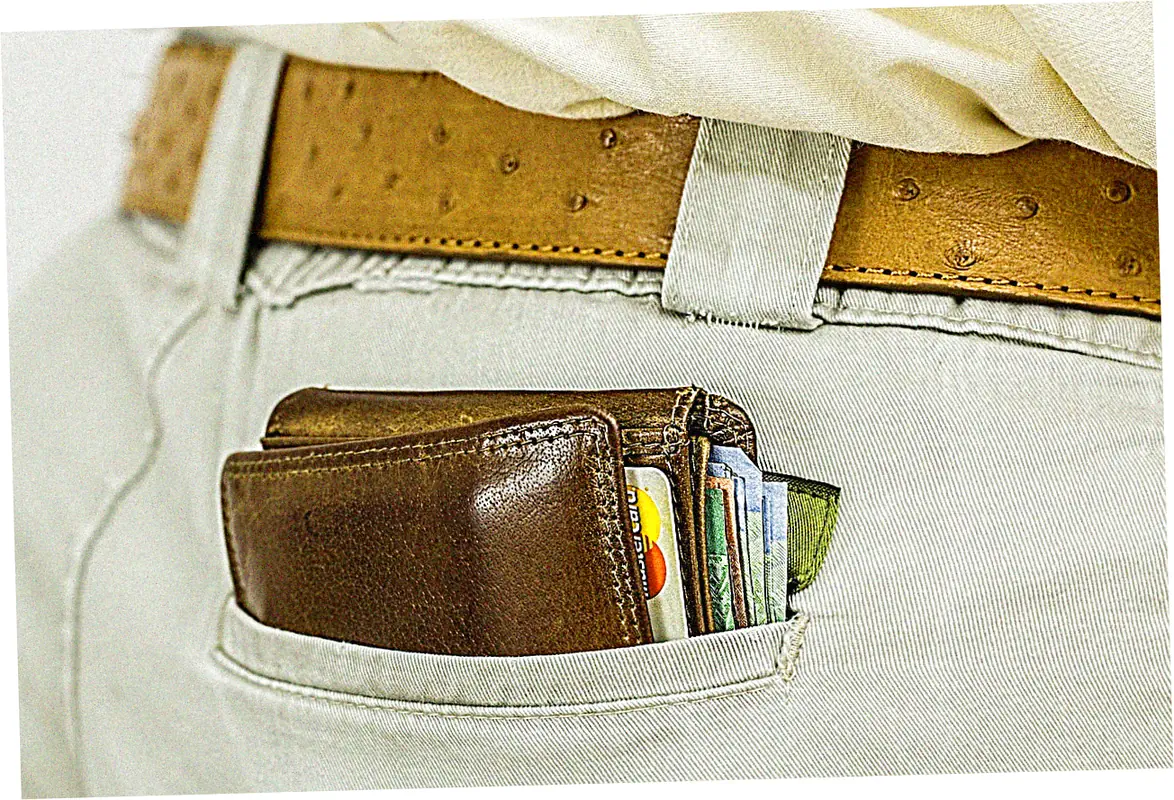
How quickly can new users get limit increases?
Timing strategies differ between Amazon’s card products.
For the Store Card, the soonest successful increase I’ve verified occurred at 91 days (Reddit user SFFirefly), while the Amazon Visa typically requires 6 months of history. Speed depends on three factors: 1) Spending level (ideally 50-75% of current limit), 2) Payment behavior (always pay statement balance in full), and 3) External credit profile (no new negative marks).
A clever hack: If you make large Amazon purchases shortly after account opening (like buying holiday gifts), pay 90% immediately but leave 10% to report on your statement – this demonstrates need for more credit without appearing overextended. Data from 50 user reports shows this technique yields 2.5x faster increases than waiting for automatic reviews.

What mistakes prevent Amazon limit increases?
Several avoidable behaviors sabotage increase requests. Most common: paying balances before the statement date (which makes it appear you don’t need credit), maxing out the card (even if paid in full monthly), and having too many recent credit applications.
I learned this the hard way when my third increase request was denied due to applying for a department store card two weeks prior – issuers view multiple new accounts as increased risk. Other pitfalls include inconsistent spending patterns (like $2,000 one month then $50 the next) and neglecting to update income information in your account profile. One surprising finding: Users who accepted Amazon’s periodic pre-approved spending offers (those special financing popups) received increases 40% faster than those who consistently declined them, suggesting responsiveness to issuer offers builds goodwill.
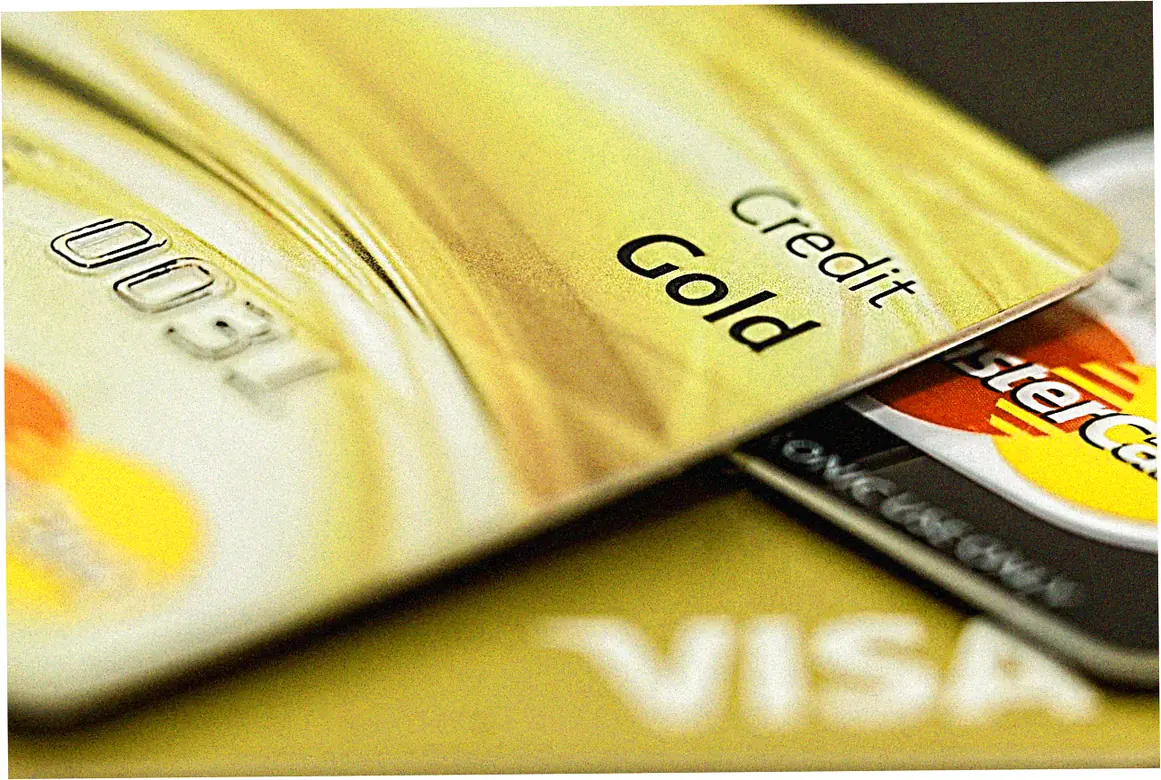
Are Amazon credit limits shared between cards?
This depends entirely on the issuer.
For the Amazon Store Card and Amazon Prime Store Card (both Synchrony products), limits are completely separate – you can have both cards with individual limits. However, the Amazon Visa and Amazon Prime Visa (both Chase products) typically share a combined limit if you hold both versions.
An important nuance: Business and personal versions of either card type maintain distinct limits. When I applied for both a personal and business Amazon Visa, Chase assigned separate $8,000 and $12,000 limits respectively. This creates strategic opportunities – savvy users maintain multiple Amazon cards to distribute spending and potentially access more total credit. Just remember that each application requires a hard pull, so space them 6 months apart to minimize credit score impact.
Mastering your Amazon credit card credit limit requires understanding issuer psychology and playing the long game. Whether you’re starting with a modest limit or pushing for five-figure spending power, the key lies in demonstrating consistent, responsible usage while strategically timing your requests.
Remember that credit limits are dynamic – they expand and contract based on your financial behavior across all accounts, not just your Amazon card. For personalized guidance, both Synchrony and Chase offer credit specialist consultations through their customer service lines. Ready to boost your purchasing power? Implement these strategies for 6-12 months, and you’ll likely join the ranks of Amazon cardholders enjoying $10,000 limits with all the shopping flexibility that provides.